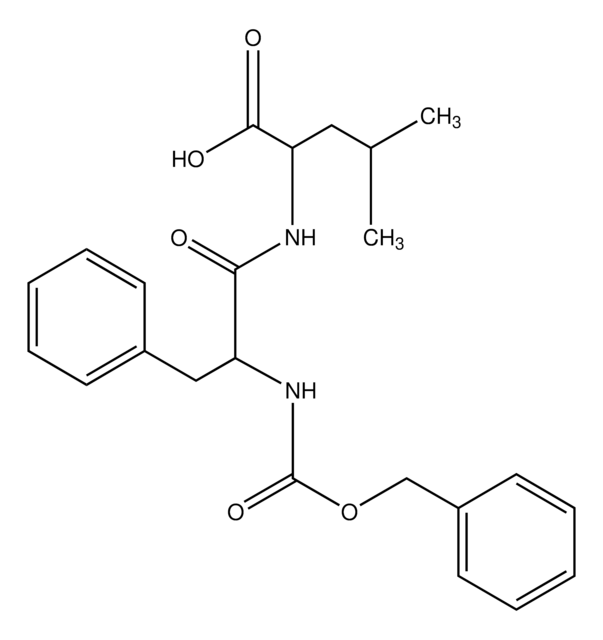MABS2257
Anti-sACDY10 Antibody, clone R21
Synonyme(s) :
Anti-sACDY10, Clone R21 Anti-sACDY10, sACDY10 Detection Antibody
About This Item
Produits recommandés
Source biologique
mouse
Niveau de qualité
Conjugué
unconjugated
Forme d'anticorps
purified antibody
Type de produit anticorps
primary antibodies
Clone
R21, monoclonal
Poids mol.
calculated mol wt 187.15 kDa
observed mol wt ~75 kDa
Produit purifié par
using protein G
Espèces réactives
canine, rat, human, monkey, mouse
Conditionnement
antibody small pack of 100 μg
Technique(s)
immunocytochemistry: suitable
immunohistochemistry (formalin-fixed, paraffin-embedded sections): suitable
western blot: suitable
Isotype
IgG1κ
Séquence de l'épitope
N-terminal
Numéro d'accès Protein ID
Numéro d'accès UniProt
Conditions d'expédition
2-8°C
Modification post-traductionnelle de la cible
unmodified
Description générale
Spécificité
Immunogène
Application
Evaluated by Western Blotting with GST-soluble adenylate cyclase fusion protein.
Western Blotting Analysis (WB): A 1:1,000 dilution of this antibody detected GST-soluble Adenylate cyclase type 10 fusion protein.
Tested Applicaitons
Immunohistochemistry Applications: A representative lot detected sACDY10 in Immunohistochemistry applications (Pastor-Soler, N., et al. (2003). J Biol Chem.;278(49):49523-9).
Western Blotting Analysis: A representative lot detected sACDY10 in Western Blotting applications (Zippin, J.H., et al. (2003). FASEB J.;17(1):82-4; Pastor-Soler, N., et al. (2003). J Biol Chem.;278(49):49523-9; Hess, K.C., et al. (2005). Dev Cell.;9(2):249-59; Zippin, J.H., et al. (2010). J Invest Dermatol.;130(5):1279-87).
Immunocytochemistry Analysis: A representative lot detected sACDY10 in Immunocytochemistry applications (Zippin, J.H., et al. (2003). FASEB J.;17(1):82-4; Pastor-Soler, N., et al. (2003). J Biol Chem.;278(49):49523-9; Hess, K.C., et al. (2005). Dev Cell.;9(2):249-59; Zippin, J.H., et al. (2010). J Invest Dermatol.;130(5):1279-87).
Immunocytochemistry Analysis: A 1:50 dilution from a representative lot detected sACDY10 in COS-7 cells.
Immunohistochemistry (Paraffin) Analysis: A 1:50 dilution from a representative lot detected sACDY10 in human melanoma tissue sections.
Note: Actual optimal working dilutions must be determined by end user as specimens, and experimental conditions may vary with the end user
Forme physique
Stockage et stabilité
Autres remarques
Clause de non-responsabilité
Not finding the right product?
Try our Outil de sélection de produits.
Code de la classe de stockage
10 - Combustible liquids
Classe de danger pour l'eau (WGK)
WGK 1
Point d'éclair (°F)
Not applicable
Point d'éclair (°C)
Not applicable
Certificats d'analyse (COA)
Recherchez un Certificats d'analyse (COA) en saisissant le numéro de lot du produit. Les numéros de lot figurent sur l'étiquette du produit après les mots "Lot" ou "Batch".
Déjà en possession de ce produit ?
Retrouvez la documentation relative aux produits que vous avez récemment achetés dans la Bibliothèque de documents.
Notre équipe de scientifiques dispose d'une expérience dans tous les secteurs de la recherche, notamment en sciences de la vie, science des matériaux, synthèse chimique, chromatographie, analyse et dans de nombreux autres domaines..
Contacter notre Service technique








